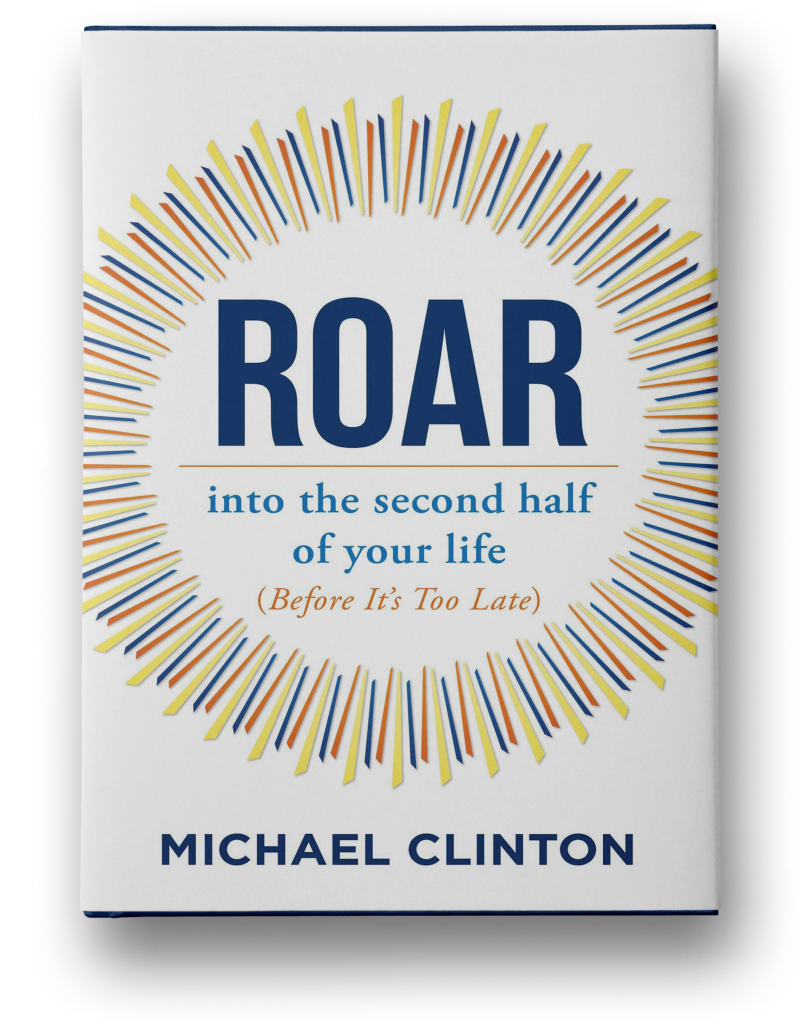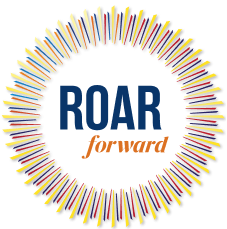By Michael Clinton
Originally published on HR.com
There is a burgeoning social movement that will turn the subject of people analytics on its head. Over the next decade and more, it will challenge conventional thinking about talent data and decisions, as well as the outcomes that companies will expect from their employees.
Management and HR professionals will have to play catch up, as the culture is way ahead of them on redefining what will require a reshaping of how we look at the workforce.
I’m not talking about understanding what motivates the Millennials or Gen Z to accommodate them in hiring, retention and employee satisfaction surveys. While these insights are important for the development, training and deployment of talent, that current obsession is a one-dimensional view of what is happening right in front of us.
The new movement is that individuals will choose to want to work longer, but perhaps in different ways, as longevity trends continue to grow after the slight dip due to the pandemic. Stanford University’s recent report, “The New Map of Life,” identifies that the 100-year life is already here. It points out that due to longer lifespans, people will no longer think in terms of a 40-year work life, but rather a 60-year work life. Some of this will be economically driven, but it will also include the desire by people to work longer and be viewed as a dynamic employee for a much longer stretch. The notion of the Great Resignation is a moment in time and already much is being written on how many of those who joined in are looking for ways to find returnships in the job market.
Corporate America continues to live within the construct that was created in the early part of the 20th Century, when life expectancies were in the low 60’s and “retirement” was built as a concept to move people out of the workplace. Social Security aided the process and the entire culture bought into the notion that this was the script that we were all supposed to follow.
As a result, as employees reached the age of 60, most companies began to focus on the collection of data to move them out, as opposed to studying how they might become longer contributors, well into their 70’s.
In the U.S. today, 34 percent of people are over 50. Every day 10,000 people are turning 65 and by 2030, one in five Americans will be 65 or older (including the first Gen X’ers). This generation of accomplished, experienced people is going to live longer than any previous generation before them and will want to work longer in their professions and even start new careers.
They are more tech-savvy, healthy and motivated than those who came before them.
Rather than rethink how they might tap into their 60-plus-year-old employees and build new models to engage them in new ways, many companies continue to have mandatory requirement ages, find ways to downsize older employees and make excuses that they are not keeping up with new technologies. In addition, according to a 2019 PWC study, only 8 percent of corporations include age in their Diversity, Equity and Inclusion policies. There is a lot of long-held institutional thinking that finds its way through organizations. Oftentimes this means the exclusion of older workers when talent and experience data is collected and analyzed for the benefit of a company.
Progressive companies will begin to understand that this powerful workforce needs to be looked at in an entirely new way. New analytical approaches within this cohort should be created to find a new enlightened path to leveraging mature experiences.
Some ways that this can happen are to start with the 60+ population in a company to ask them about their intent. Yes, some of them will want to take the traditional path and opt-out, but what about those who want to work longer? Gathering the analytics from that group will lend some insights into creating new ideas.
They may want to transition out of their current role yet take on new assignments. Some may want full-time or hybrid approaches. Some may want to work on inter-generational projects that allow them to learn but also impart their wisdom and mentorship. Some may want to learn new disciplines that are sponsored and funded by their companies. How will it affect healthcare and other company policies?
For the HR professional, understanding the mindset and goals of what will become a much longer career- trajectory is critical and has major implications for the next generations who will be the ones that will expect to work longer than today’s mature worker. Starting the work to build the analytical and real job models today will create the groundwork that will be necessary for the 60 -year career. Appreciating that the best asset may be an older employee with much more to accomplish for a company’s business goal just may be the secret to continued growth and success for everyone involved.

